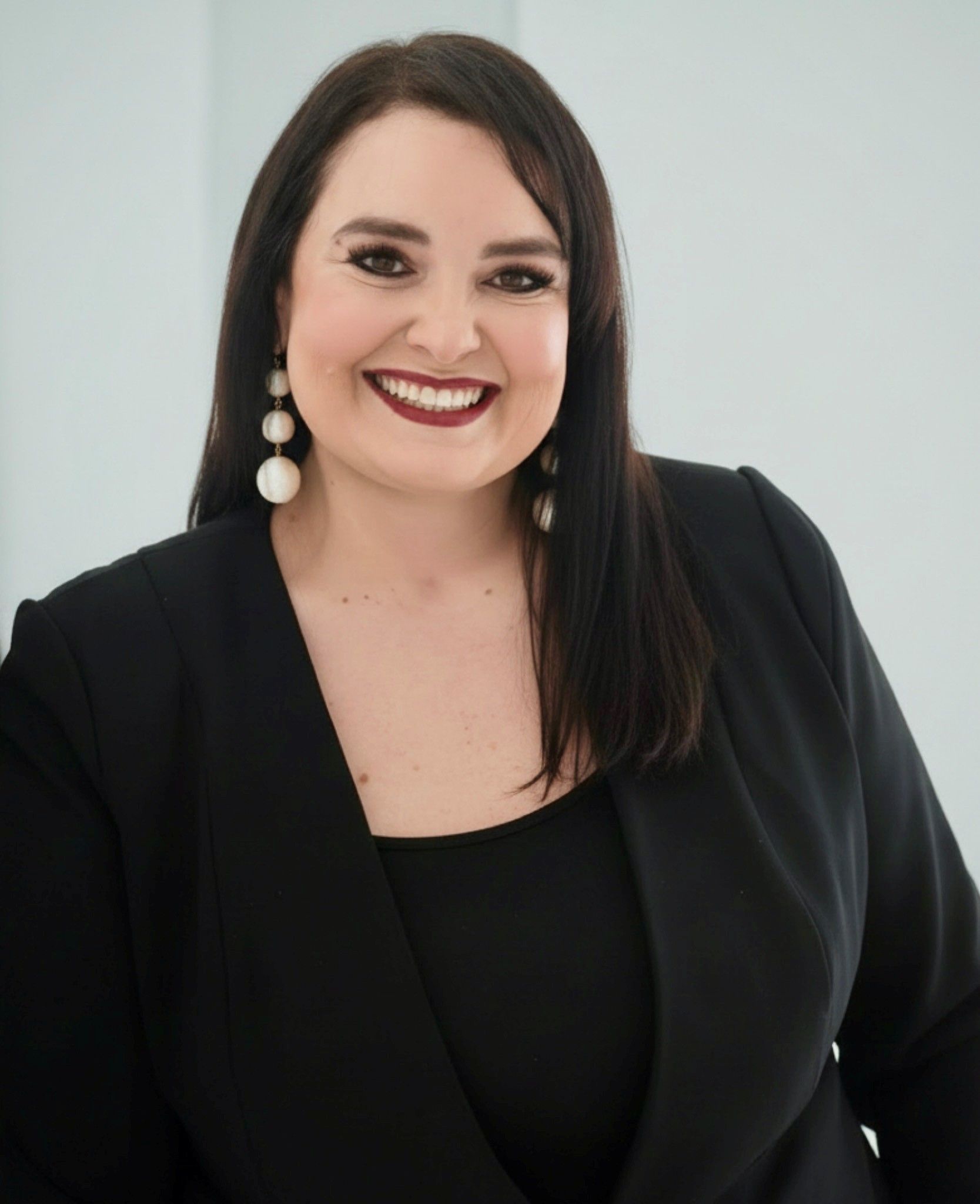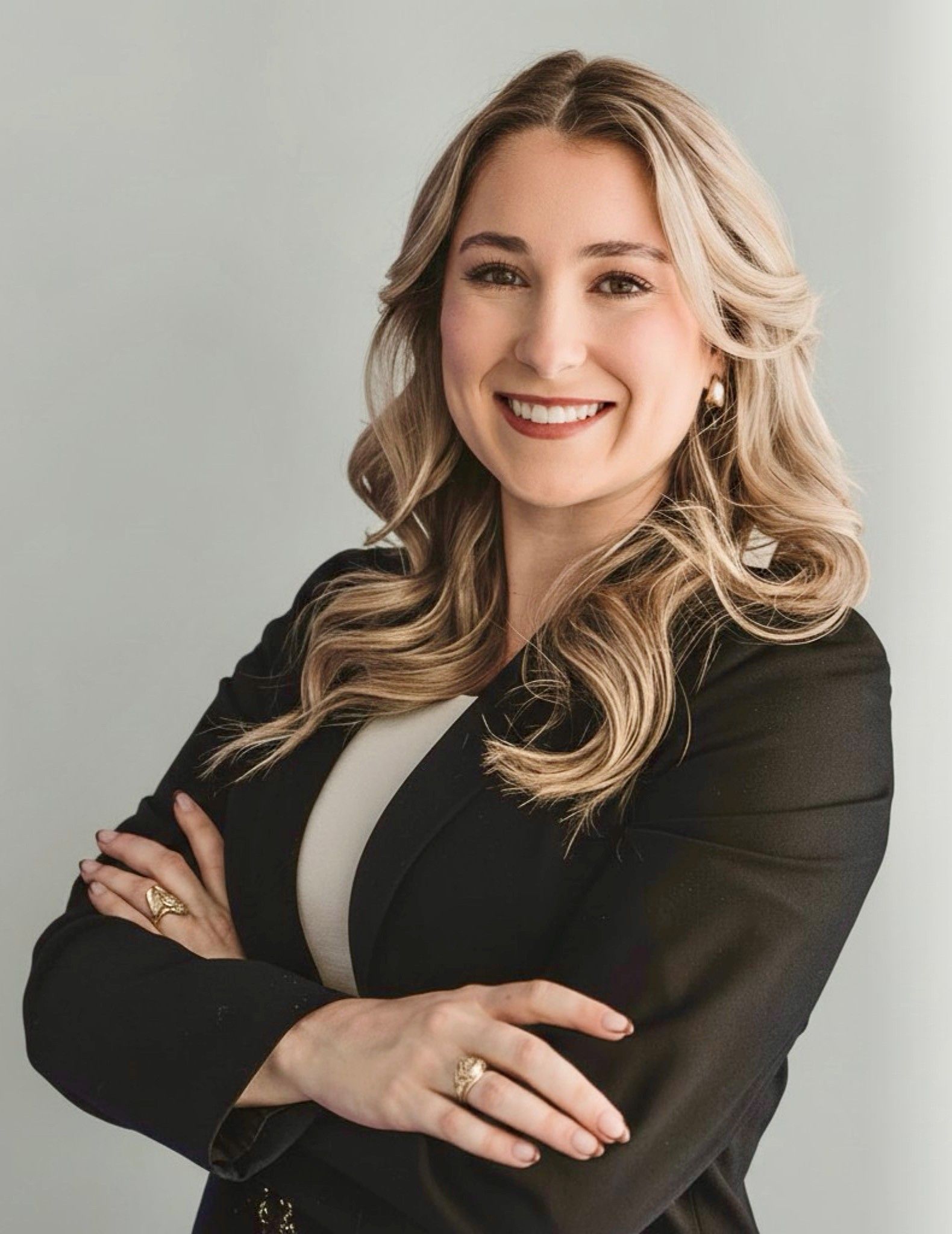Trademark Law and the Tacking Doctrine
ATTORNEYS IN DALLAS
How minor modifications to a trademark can preserve priority rights and legal equivalence, allowing brand owners to modernize their marks without losing original trademark ownership.
Trademark Law and the Tacking Doctrine
Consistent use of a trademark is crucial for upholding rights in trademark law. Making changes to a trademark can have significant implications. Trademark owners often wish to update their marks to align with evolving market conditions or contemporary culture. However, if the change is substantial and the owner discontinues use of the original mark, they may lose rights to the initial format. Recognizing the need for brand refreshing, the doctrine of tacking was established. This doctrine permits a mark owner to make minor modifications without forfeiting ownership of the original trademark. Furthermore, under the tacking doctrine, the trademark owner can rely on the earlier filing date to establish priority for the new version of the mark, which can be crucial in priority disputes.
The issue of using a modernized version of a trademark while relying on an earlier form of the mark was addressed in the case of Jack Wolfson Ausrustung fur Draussen GmbH & Co. KgaA v. New Millennium Sports, S.L.U., 116 USPQ2d 1129 (Fed. Cir. 2015) [precedential]. The U.S. Court of Appeals for the Federal Circuit (CAFC) resolved a priority dispute by permitting tacking if the old form of the mark and the new version are legal equivalents. The Trademark Manual of Examining Procedure (TMEP) §1212.04(b) also acknowledges this concept, stating that a proposed mark is considered the "same mark" as a previously registered mark if it is the "legal equivalent" of that mark. Two marks are deemed legal equivalents if they create the same continuous commercial impression that consumers would consider them to be the same mark.
The modified new version of the mark should not materially differ from or alter the character or commercial impression of the earlier mark. If the two versions are deemed equivalents, the earlier mark cannot be successfully challenged on abandonment grounds, and tacking applies. In the Jack Wolfson case, the CAFC observed that although the font style of the subject mark "KELME" was updated, the modification did not materially alter the impression of the word itself. Additionally, the addition of claws to the paw design did not significantly change the commercial impression. The Court emphasized that in a composite mark, the design element is typically considered minor compared to the dominant literal term of the trademark. Therefore, a minor modification to the design does not materially alter the mark. The CAFC concluded that the two versions were legal equivalents. This case is not the first instance where tacking has been permitted by the Court.
Trademark owners must carefully evaluate their legal rights when contemplating modifications and modernization of their marks. When clients consider refreshing their brand, trademark counsel should discuss the tacking doctrine, aiming to leverage the benefits of making minor alterations to the mark to maintain legal equivalence and preserve priority rights for the earlier version.
Contact an Experienced Trademark Attorney
If you need legal advice regarding your trademark rights, assistance with trademark prosecution, or representation in a domain name dispute, contact Wilson Whitaker Rynell. Our team of trademark lawyers has extensive experience in all aspects of trademark and copyright law, including the filing of trademark applications and representing clients in defense or prosecution before the Trademark Trial and Appeal Board.
- 66(a) Applications
- Abandoning a Trademark Application or Withdrawing a TTAB Proceeding
- Abandonment and Nonuse
- Abbreviations as Trademarks
- Accelerated Case Resolutions
- Acquired Secondary Trademark Meaning
- Amending Trademark Application
- Assigning a Trademark
- Assigning a Trademark and the Intent to Use Application
- Avoiding Fraud on Trademark Applications
- Avoiding Trademark Litigation
- Basis for Filing a Trademark
- Benefits of Registering a Trademark
- Bona Fide Intent to Use
- Celebrity Trademarks
- Challenging the Relatedness Factor
- Challenging Trademark Rights
- Claims in a Notice of Opposition
- Co-Existence Agreements
- Common Law Trademarks in the Internet Era
- Common Law Use and Priority
- Conflicting Marks
- Consent Agreements
- Constructive Use Priority
- Dates of Use
- Defenses in Opposition and Cancellation Proceedings
- Descriptive or Generic Trademarks
- Design Marks
- Design Trademarks
- Determining Trademark Similarities
- Discovery in TTAB Proceedings
- Dividing a Trademark Application
- Drawing Page
- Electronic Display Specimens for Trademarks
- Evidence in TTAB Proceedings
- Evidence of Acquired Distinctiveness
- Expediting Trademark Cancellation for Nonuse or Abandonment
- Extending Time to Oppose
- Factors of a Likelihood of Confusion Analysis
- False Suggestions of Connection
- Famous Trademarks and Likelihood of Confusion and Dilution
- Filing an Opposition or Cancellation Proceedings
- First Sale Doctrine
- Five Years of Use
- Foreign Trademark Rights
- Generic Trademarks
- Geographic Trademarks
- Hiring Trademark Counsel
- Immoral and Scandalous Trademarks
- Incontestability of U.S. Trademarks
- International Trademark Filings
- Joint Trademark Ownership
- Lawful Use of a Trademark in Commerce
- Likelihood of Confusion Analysis
- Likelihood of Confusion Refusal
- Merely Descriptive Trademarks
- Multiple Bases for a Trademark Application
- Overcoming and Ornamentation Trademark Refusal
- Personal Name Trademarks
- Principal and Supplemental Registers
- Protecting Single Creative Works
- Recording Trademark Assignments
- Refusal of a Trademark
- Refusing a Trade Dress Application
- Registering a Certification Trademark
- Registering a Service Mark
- Registering a Trademark That Lacks Inherent Distinctiveness
- Registering an International Trademark
- Relatedness of Goods or Services
- Request for Reconsideration in Trademark Office Action
- Requirements for International Trademark Application
- Revive an Abandoned Trademark Application
- Secondary Meaning
- Source Confusion
- Special Trademark Applications
- Standard Character and Special Format Marks
- Standing in Opposition and Cancellation Proceedings
- State Trademark Registration
- Statement of Use Extensions
- Tacking Doctrine
- Technical Trademark Use
- The Supplemental Register
- Trade Dress
- Trade Dress Application
- Trademark Application
- Trademark Clearance Searches
- Trademark Disclaimers
- Trademark Licensing
- Trademark of Authors, Performing Artists, and Characters
- Trademark Ownership
- Trademark Protection In Texas
- Trademark Settlements
- Trademark Specimens
- Trademark Specimens
- Trademark Use by Related Company
- Trademark Use in Advertising
- Trademark Use in Commerce
- Trademarking a Distinctive Mark
- Trademarking a Hashtag
- Trademarks for Musical Artists
- TTAB Discovery Rules
- TTAB Proceedings
- U.S. Service Mark
- U.S. Trade Dress
- Understanding Trade Channels
- Unitary U.S. Trademark
- Universal Symbols as Trademarks
- Using Secondary Sources
- What is an Ex Parte Appeal?
- Where to Register a Trademark
- Who Must File a Trademark?
CLIENT MATTERS
5,000+
YEARS OF SERVICE
25+
Award Winning
Recognized in the legal industry as dedicated board-certified lawyers and Rising Stars.
Expert Team
Your project will be handled by legal experts every time. You will have the most experienced attorneys working for you.
Quality Representation











